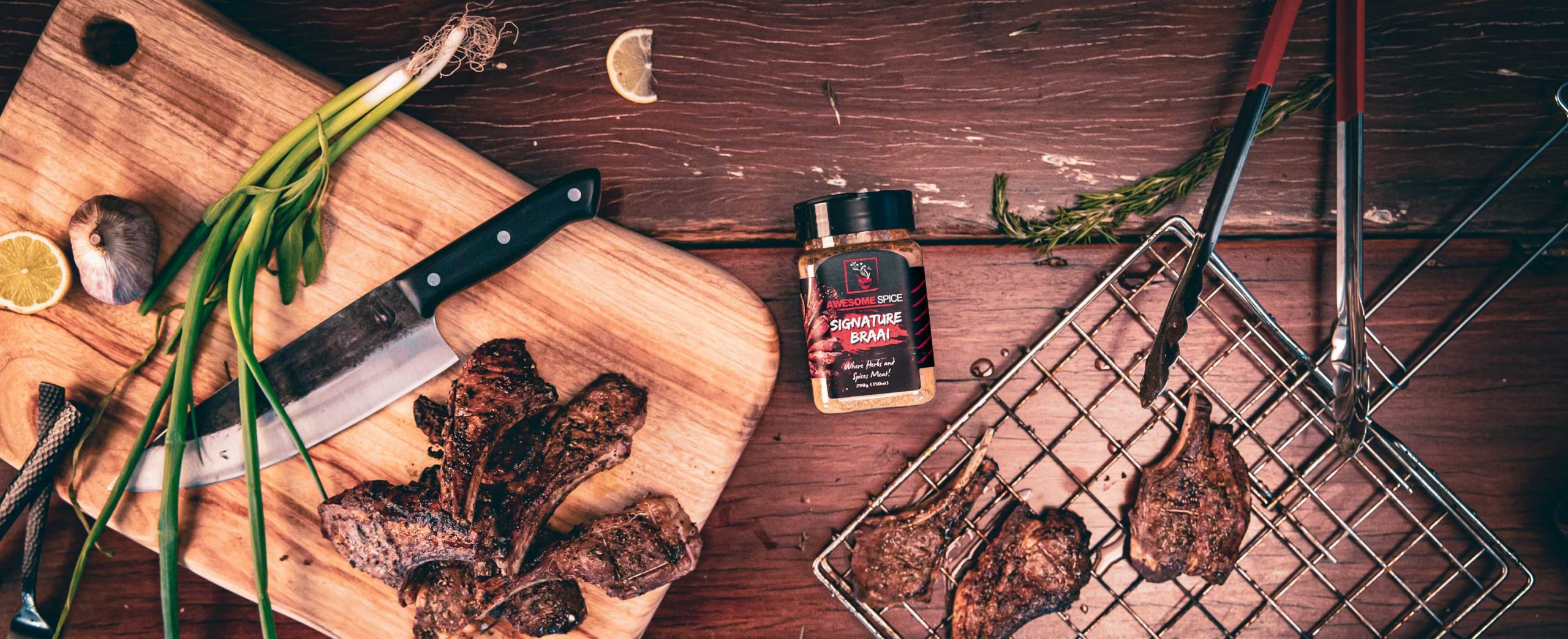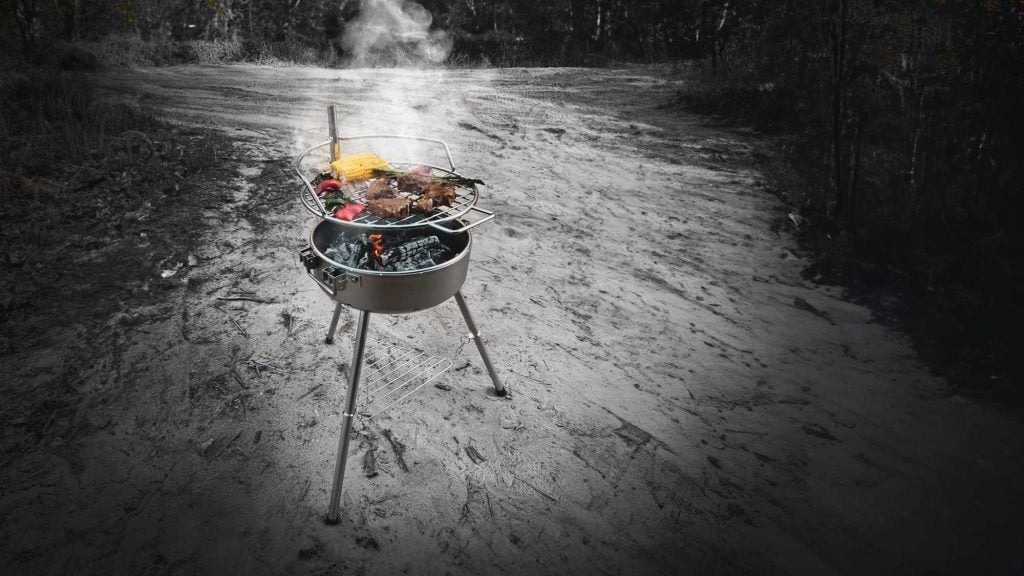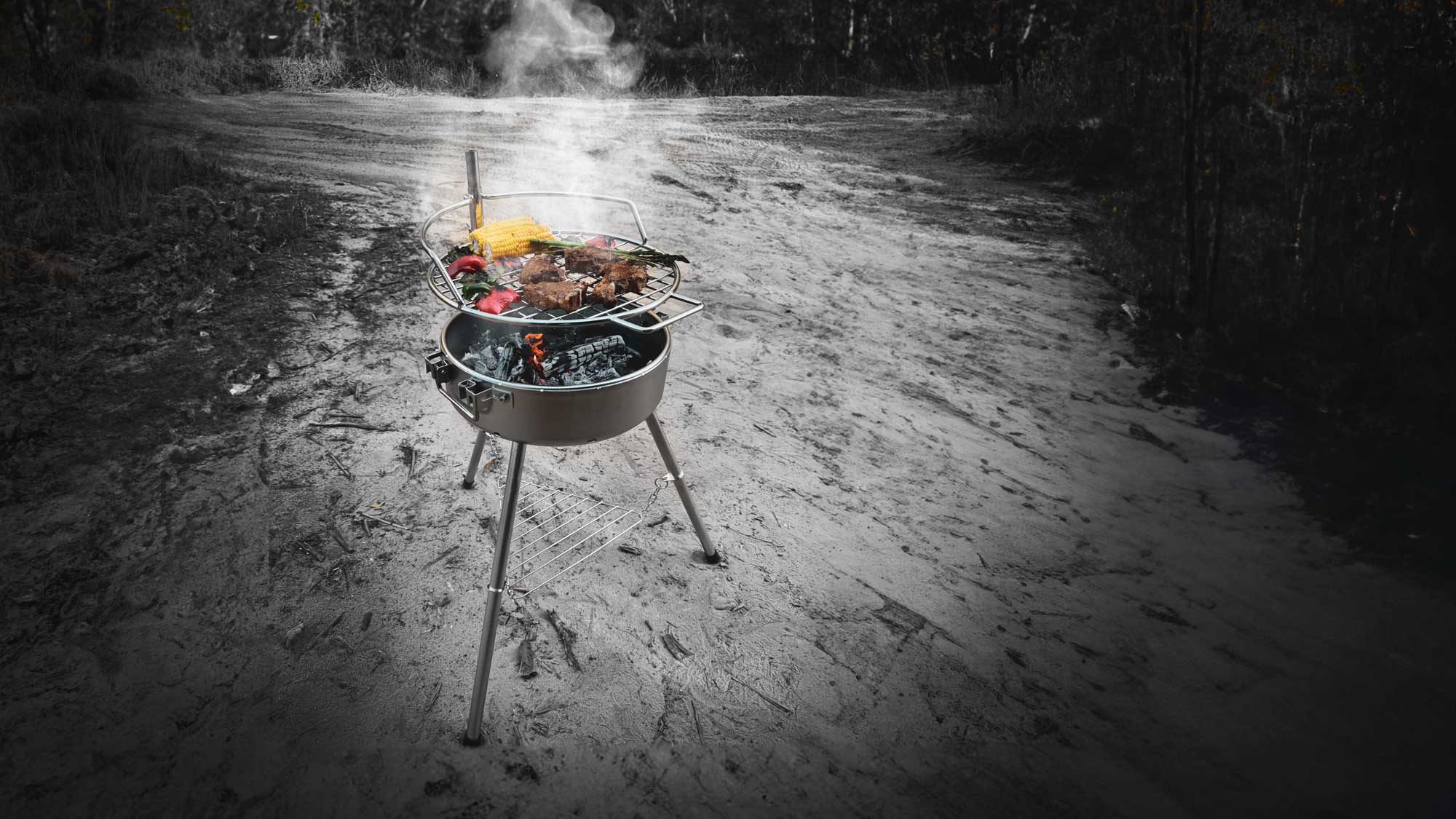Blog, Tips and Tricks
Understanding Corrosion and Caring for Your OZ Braai: Compact, Mini, and Patio Braais
At OZ Braai, we take great pride in crafting high-quality products built to endure the demands of outdoor cooking. Our Compact Braai and Mini Braai are made from 304 stainless steel, known for its excellent corrosion resistance, while our Patio Braai is constructed from 3CR12 stainless steel, a material chosen for its superior heat performance and affordability.
While these materials are durable, it’s important to understand that even high-grade stainless steel can experience surface rust under specific conditions. This article explains why this occurs and provides guidance on maintaining your braais for long-lasting use.
The Protective Chromium Oxide Layer
Stainless steel owes its corrosion resistance to chromium, which reacts with oxygen to form a thin, invisible layer of chromium oxide. This layer acts as a shield, preventing further oxidation and corrosion.
How the Chromium Oxide Layer Works:
- Chemical Reaction: Chromium reacts with oxygen in the air to form chromium oxide (Cr₂O₃). This reaction happens naturally and continuously in oxygen-rich environments.
- Self-Healing: If the layer is damaged, it can self-repair, as long as oxygen is present. This helps stainless steel maintain its resistance to corrosion even after minor scratches or damage.
However, certain conditions can compromise this protective layer, leading to surface rust or other types of corrosion.
Why Surface Rust Occurs
Surface rust can occur due to several factors that are common during braaing or outdoor use:
- Acidic and Salty Substances: Marinades, spices, and meat drippings often contain acids and salts, which can break down the chromium oxide layer. These substances, if left on the surface, can lead to localized rusting.
- Environmental Exposure: Outdoor braais are exposed to humidity, rain, and salty air, especially in coastal areas. These elements can react with the steel surface and accelerate rust formation.
- Heat and Chromium Depletion: High temperatures during braaing (450–850°C) can cause chromium carbides to form at grain boundaries in the steel, depleting the chromium content in these areas. This is particularly relevant to 304 stainless steel used in the Compact and Mini Braais, as it increases their susceptibility to intergranular corrosion.
- Ash Residue and Moisture: Ash from burnt wood or charcoal can become acidic when wet, further damaging the protective layer.
- Frequent Use: Repeated exposure to heat and corrosive substances during regular braaing cycles can wear down the protective layer over time.
3CR12 Stainless Steel and the Patio Braai
Our Patio Braai is made from 3CR12 stainless steel, a grade specifically engineered to handle extreme heat far better than 304 stainless steel. This material provides excellent structural integrity and durability at high temperatures.
However, 3CR12 stainless steel contains carbon, making it more prone to surface rust compared to higher-grade stainless steels. While this type of rust is purely cosmetic and does not compromise the braai’s performance, it requires proper care and maintenance to keep the braai looking its best.
Preventing and Managing Surface Rust
Here are some practical steps to prevent and address surface rust for all OZ Braai models:
- Clean After Use: Remove food drippings, marinades, and ashes after every braai. Wipe the surface with a damp cloth or use a stainless steel cleaner to remove any residue.
- Use Stainless Steel Cleaner: For both 304 and 3CR12 stainless steel, regular cleaning with a stainless steel cleaner helps restore the protective chromium oxide layer and minimises rusting.
- Remove Surface Rust: For light rust, use a stainless steel scourer or fine abrasive pad to gently clean the affected area. Follow up with a cleaner to protect the surface.
- Protect Your Braai: Keep your braai covered when not in use, especially in humid or coastal areas. Store the braai in a well-ventilated area to reduce exposure to moisture.
Specific Care Tips for the Compact, Mini, and Patio Braais
- Compact and Mini Braai (304 Stainless Steel): These models offer exceptional corrosion resistance but can still develop surface rust due to high-heat exposure or acidic substances. Regular maintenance is key to preserving their appearance and performance.
- Patio Braai (3CR12 Stainless Steel): The Patio Braai is engineered for heat durability and structural strength. However, its composition makes it more prone to surface rust, which can be easily managed with consistent cleaning and maintenance.
Conclusion
Understanding the properties of the materials used in your braai and the factors that contribute to surface rust can help you maintain your braai in excellent condition for years to come.
At OZ Braai, we are committed to providing durable, high-quality products and the knowledge to care for them properly. With regular cleaning and maintenance, your Compact, Mini, or Patio Braai will continue to be the centrepiece of countless memorable braaing experiences.
For any questions or further support, don’t hesitate to reach out to our customer service team—we’re here to help.




